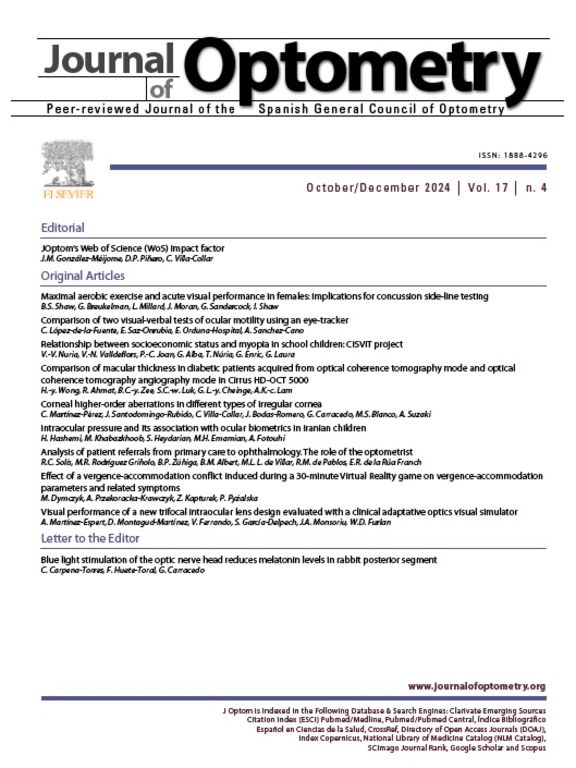To the Editor,
Thank you for the opportunity to respond to the letter by Mr. Hytowitz.1 As the creator and developer of the Dyop, it is not surprising that he is seeking to promote his design. However, we note that almost nothing in his letter actually relates to the results of our paper.2 For example, none of Mr. Hytowitz's comments refer to our initial two studies (validation and inter-session repeatability). Further, the results of our third study clearly demonstrated that the Dyop target performed significantly worse with regard to the detection of uncorrected astigmatism. Examination of Table 3 indicates that when plotting the effect of induced astigmatism on visual acuity, the slope of this function using the Dyop chart was less than 50% of the values obtained using standard clinical optotypes. These differences, which were statistically significant (p <0.001) confirm that visual acuity measurement using the Dyop chart is affected less by the presence of uncorrected astigmatism than standard optotype charts. We believe that this would make subjective refraction using the Dyop much more challenging, since many patients will lack sufficient sensitivity to detect the small changes in resolution. Indeed, the results support the use of conventional targets (Snellen letters, Landolt Cs and Tumbling Es), since each diopter of uncorrected astigmatism will produce a greater decline in visual acuity. It should also be noted that subjects reported significantly greater frustration with the Dyop test (p<0.004), compared with standard optotypes.
While little else in Mr. Hytowitz's letter is actually relevant to our study, we were most intrigued to read his proposal that the ongoing global epidemic of myopia resulted from clinical testing with a conventional Snellen chart, and we eagerly look forward to seeing any data that he might have to support such a proposition.







